Data from Hawaii Tourism is out for April, and the picture being painted remains off-kilter and concerning. While Hawaii is still a prominent luxury destination, it is losing its grasp both intra-state with shocking contrasts between islands, and globally. Data provided by the Hawaii Tourism Authority reveals not only the current hotel rates but also significant comparisons with past periods. We’ll add our own insights into these trends with planning thoughts for Hawaii travelers.
When reviewing this data, keep in mind that it looks back to April, and the softening with some Hawaii hotel sales we talked about earlier in the week represent current and future. How this will all shake out is anyone’s guess.
Analyzing Hawaii’s hotel rates and disparities.
While Hawaii remains a prominent tropical luxury destination, concerns have deepened, including disparities in hotel pricing across the islands. This offers a mix of economic lessons and strategic insights for Hawaii visitors.
Recent data highlighted extreme contrasts in hotel rates between the islands, particularly Maui and Kauai, compared to Oahu. The current scenario invites a deeper examination of market dynamics and visitor strategies.
When discussing rates, it needs to be said that these data points do not include accommodation taxes of 18%, which are also among the top in the U.S. Added to that are highly variable resort fees and parking.
As for comparable prices, some Hawaii locations exceed New York City, Chicago, San Francisco, Las Vegas, and Miami, which are generally regarded as having the highest rates in the U.S.
Maui and Kauai: Luxury at a premium or did they lose their way?
Maui is continuing to set the lead in room rates, signifying its desire to be seen as a spectrum of luxury. Leading the pack on Maui is the Wailea area of South Maui, which posted an average daily rate (ADR) of $742 (not including 18% taxes or other fees) in April 2024, down 12.5% from 2023 but up 22.3% from 2019. Including taxes, but again before fees, that put these at a staggering $876 per night.
Maui data indicates a significant recovery, albeit with recent adjustments that are partially post-fire related. The Lahaina/Kaanapali/Kapalua area of West Maui had an ADR of $463, representing a 14% decrease from 2023, yet up 44.9% since 2019.
Oahu shines through as the beacon of relative economy in Hawaii travel.
The island’s ADR was $275, a modest increase of just 1% from 2023 and 20.5% from 2019, reflecting its ongoing popularity and good business sense when it comes to Hawaii visitors. At Waikiki, in particular, ADR was $257, up by 0.6% from 2023 and 15.6% from 2019, reinforcing its value proposition to Hawaii visitors.
Oahu is an attractive option for a broader range of tourists, and Hawaii staycations as well, balancing the state’s tourism ecosystem and offering more affordable alternatives to the far pricier neighbor islands.
We recently wrote about some softening in Hawaii hotel prices, and those were, more than not, found on Oahu. It still remains to be seen whether hotels will just learn to live with lower occupancy and higher rates or will, at long last, cave to some sense of price reality.
Kauai prices continue to increase steadily.
Kauai’s ADR stood at $432 in April, a growth of 5.8% from 2023 and a significant 62% increase from 2019. This steady rise underscores its seemingly endless appeal without regard to cost increases.
Big Island increases are slow but have been extreme.
Overall, Hawaii Island had an ADR of $442, an increase of 3.5% from 2023 and a quite remarkable 70.4% from 2019, highlighting its resiliency. The luxury segment’s Kohala Coast reported an ADR of $584, down 2.9% from 2023 but up 56.4% from 2019, indicating a sense of better balance between recent adjustments.
What do these Hawaii hotel trends mean for travelers?
The pricing trends across the Hawaiian Islands offer a clear guide for potential visitors and aren’t very challenging to consume. As we have previously reported, we find the same trends to be true for us as we travel around Hawaii.
Those who have a no-amount-is-too-high luxury budget will take some comfort in finding that luxury destinations like Wailea and the Kohala Coast aren’t seeing significant further price increases following extraordinary long-term rate hikes previously.
Budget-conscious Hawaii travelers will find the best options in Honolulu.
There, relatively stable pricing options, especially in Waikiki, reflect minimal rate increases at this time and even since pre-Covid.
Hawaii adventure and nature lovers will need to pay more.
Those looking for more natural experiences may still head to Kauai, where rates have galloped ahead steadily but remain somewhat less compared to the two premium luxury areas of Wailea on Maui and Kohala Coast on the Big Island.
Strategic planning to minimize sticker shock on Hawaii vacations.
Visitors planning a trip to Hawaii can take these results to heart as they largely reflect just what we see here on the ground. Maui is truly overpriced, as is South Maui and Kauai overall. Those choosing to spend more modestly will want to opt for Oahu to significantly improve the value proposition. Understanding these dynamics can help lead to a more appropriately curated and more satisfying Hawaiian vacation experience.
The luxury markets on Maui and Kauai continue to cater largely to a demographic that values exclusivity and premium accommodations. Oahu offers more varied accommodations, together with a wide range of activities, that appeal to a wider audience while keeping prices lower.
Each island offers distinct attractions and vibes, with Maui and Kauai often seen as more ‘exotic’ or exclusive, which helps justify higher rates, at least in part due to that perception. In contrast, bustling Oahu, with iconic Waikiki Beach, offers a different kind of more middle-class appeal that does not generally command the same premium.
Future outlook still unclear as rates question sustainability of Hawaii travel.
The ongoing disparities in high hotel rates raise critical questions about the future of Hawaii’s tourism model. It seems certain that the high-end focus on Maui, Kauai, and the Kohala Coast Big Island will lead to a luxury tourism monoculture. Oahu’s may help preserve Hawaii travel as a more inclusive model that may help the state preserve its broader market appeal.
We welcome your input following the latest data from the state, found below.
hta-april-2024-hawaii-hotels-performance-finalGet Breaking Hawaii Travel News
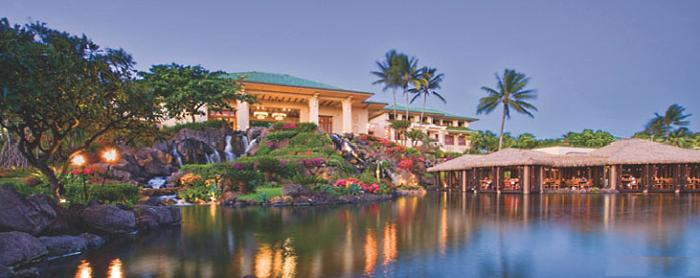
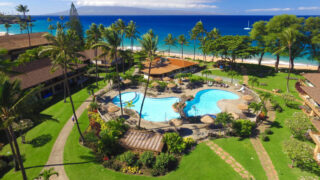
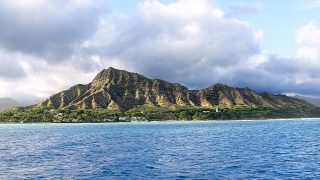
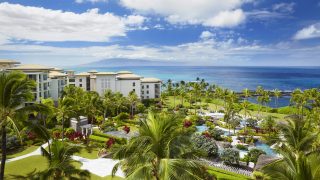
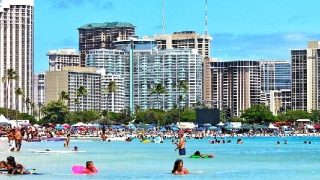

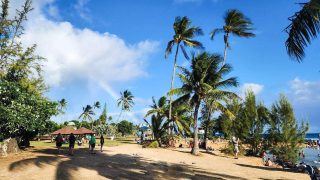
The HTA report only covers hotel prices. Surprise! They don’t mention the more-affordable costs of staying in **legal** vacation rental condos and apartments with living space and full kitchens or kitchenettes.
IMO, Hawai’i continues to follow the same, predictable, self-destructive economic policies that began with the advent of Statehood. I was there at the time and have been there since, so the pattern and contrast from then to now is quite apparent …
Local politicians, bureaucrats, and developers have crushed and destroyed the sugar cane, pineapple, and fishing industries along with affordable housing (for ‘normal’ folks) while sending the cost of living through the roof …
And now “they” are squeezing out tourism — a.k.a. the last golden egg in the Hawai’ian goose’s economic basket.
So far the STR’s on the Big Island still are making that destination somewhat affordable. The hotel rates, not so much. (which is why the hotel lobby is putting so much effort to try and get rid of the STR competition.